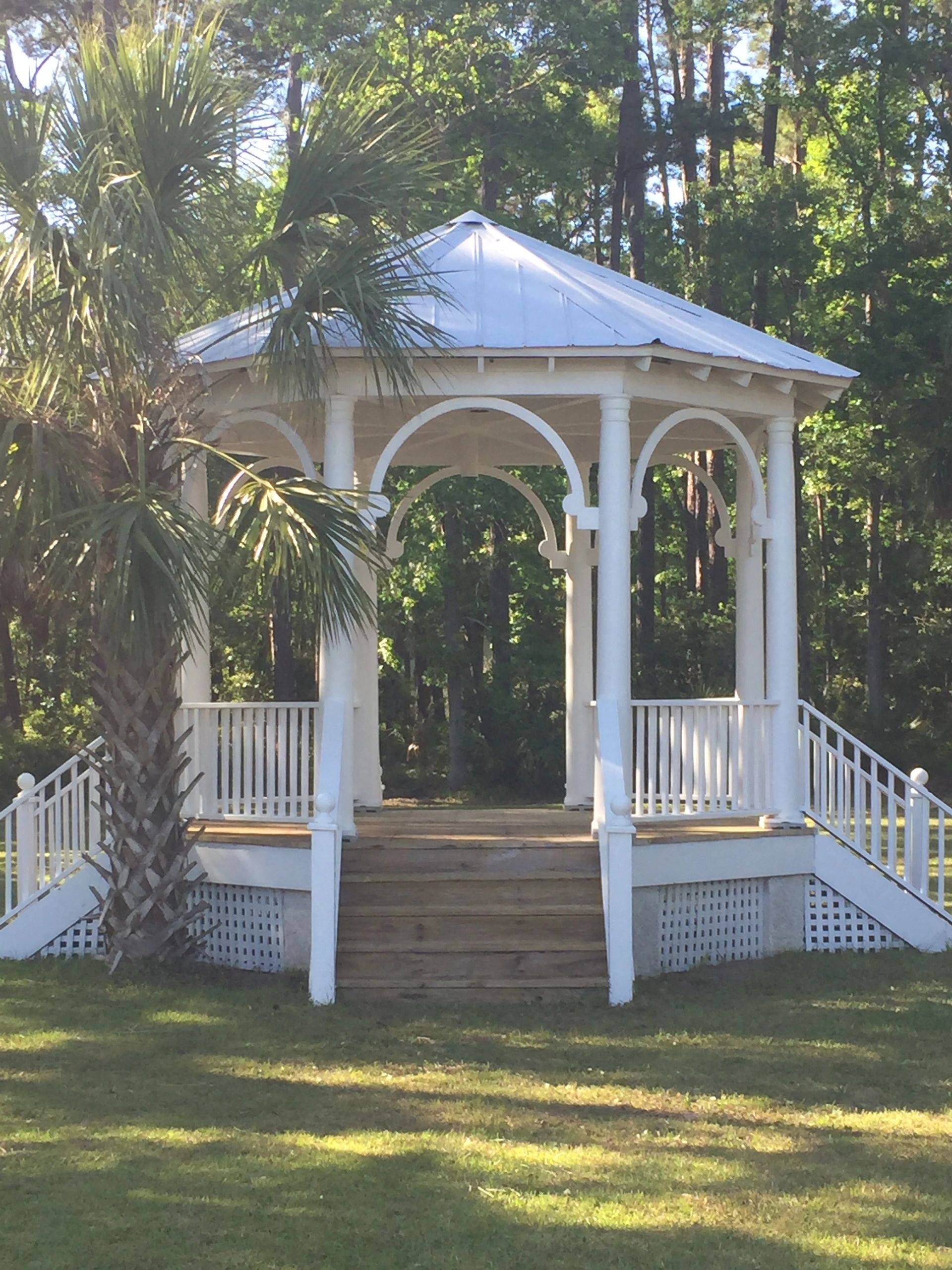
DAUFUSKIE ISLAND

DAUFUSKIE ISLAND
This site is a resource for current and prospective property owners. You will find information about our community, services available, building guidelines, and links to many island resources. To contact the Melrose POA please email Admin@MelrosePOA.com